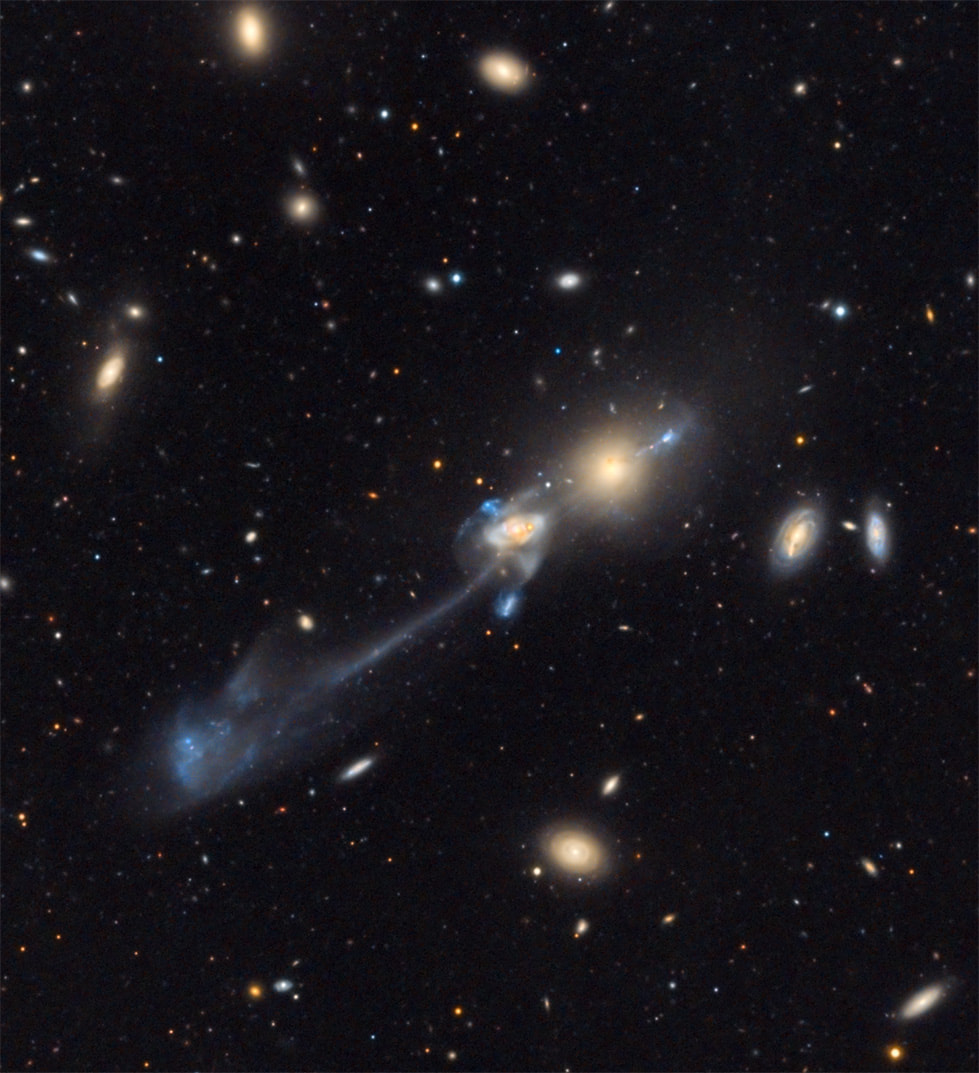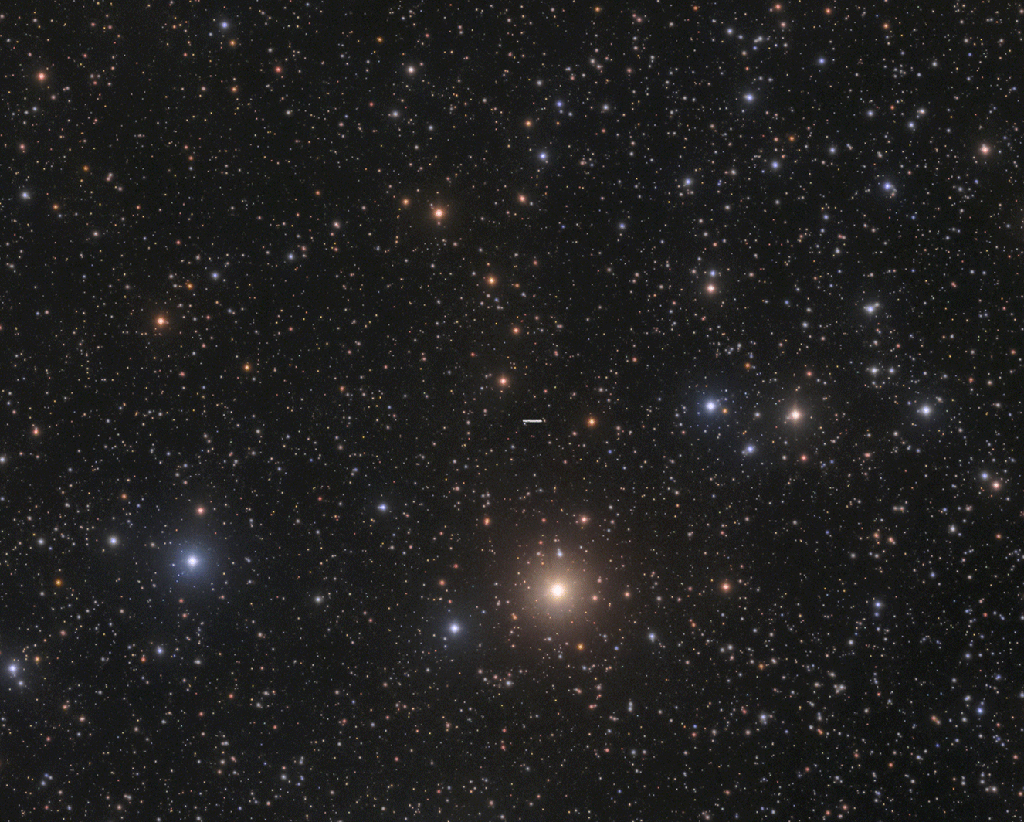Blog
Hisao Oma “Isao” Suzuki (鈴木 勲, Suzuki Isao, born January 2, 1933 in Tokyo) is a Japanese jazz double-bassist.
Suzuki learned to play bass on United States military bases, and played early in his career with Shotaro Moriyasu, Hidehiko Matsumoto, and Sadao Watanabe. He led his own ensemble in Tokyo from 1965-1969, also playing with Hampton Hawes in 1968. He moved to New York City from 1969 to 1971, playing with Ron Carter, Paul Desmond, Ella Fitzgerald, Jim Hall, Wynton Kelly, Charles Mingus, Thelonious Monk, and Bobby Timmons. Returning to Japan, he played with Kenny Burrell and Mal Waldron in addition to his own ensembles. Later in the 1970s he began expanding his instrumental repertoire, playing cello and piccolo bass. He was a cofounder of the Japanese Bass Players Club with Hideto Kanai, and opened a jazz club in Osaka in 1987.
more...Frank L. Marocco (January 2, 1931 – March 3, 2012) was an American piano-accordionist, arranger and composer. He was recognized as one of the most recorded accordionists in the world.
Born in Joliet, Illinois Frank Marocco grew up in Waukegan, near Chicago. At the age of seven years, his parents enrolled him in a six-week beginner class for learning to play the accordion.
more...Abell 1185 is a galaxy cluster located in the constellation Ursa Major. It is approximately 400 million light-years away from Earth and spans one million light-years across. It is a member of the Leo Supercluster. One of the cluster’s brightest and most interesting objects is Arp 105 “The Guitar”. The main protagonists in this maelstrom of interacting galaxies are the spiral galaxy NGC 3561B and the eliptical NGC 3561A, along with a handful of tidal dwarf galaxies. The debris of their gravitational dance rendering a shape reminiscent of a guitar. The interacting galaxies are flinging out tidal arcs, sheets and knots of their stars across hundreds of thousands of light years. Some of these will potentially form distinct gravitationally bound condensations of stars and gas in their own right – becoming tidal dwarf galaxies.

Seydou Koné (born January 1, 1953 in Dimbokro), better known by his stage name Alpha Blondy, is an Ivorian reggae singer and international recording artist. Many of his songs are politically and socially motivated, and are mainly sung in his native language Dyula, French and English, though he occasionally uses other languages, for example, Arabic or Hebrew.
The first son of a family of eight children, Seydou Koné was raised by his grandmother in an environment described by him as “among elders”, which was to have a big impact on his career. In 1962, Alpha Blondy joined his father in Odienné, where he spent ten years, attended Sainte Elisabeth High School, and was involved in the Ivory Coast students movement. He formed a band in high school, but this affected his schooling and he was expelled for poor attendance. His parents sent him to study English in Monrovia, the capital city of Liberia, in 1973. He spent thirteen months there and then moved to the United States to improve his English.
more...Milton “Bags” Jackson (January 1, 1923 – October 9, 1999) was an American jazz vibraphonist, usually thought of as a bebop player, although he performed in several jazz idioms. He is especially remembered for his cool swinging solos as a member of the Modern Jazz Quartet and his penchant for collaborating with hard bop and post-bop players.
A very expressive player, Jackson differentiated himself from other vibraphonists in his attention to variations on harmonics and rhythm. He was particularly fond of the twelve-bar blues at slow tempos. He preferred to set the vibraphone‘s oscillator to a low 3.3 revolutions per second (as opposed to Lionel Hampton‘s speed of 10 revolutions per second) for a more subtle tremolo. On occasion, Jackson sang and played piano professionally.
Jackson was born on January 1, 1923 in Detroit, Michigan, United States, the son of Manley Jackson and Lillie Beaty Jackson. Like many, he was surrounded by music from an early age, particularly that of religious meetings: “Everyone wants to know where I got that funky style. Well, it came from church. The music I heard was open, relaxed, impromptu soul music” (quoted in Nat Hentoff‘s liner notes to Plenty, Plenty Soul). He started on guitar when he was seven, then on piano at 11.
more...Bulee “Slim” Gaillard (January 9, 1911 – February 26, 1991), also known as McVouty, was an American jazz singer and songwriter who played piano, guitar, vibraphone, and tenor saxophone.
Gaillard was noted for his comedic vocalese singing and word play in his own constructed language called “Vout-o-Reenee”, for which he wrote a dictionary. In addition to English, he spoke five languages (Spanish, German, Greek, Arabic, and Armenian) with varying degrees of fluency.
He rose to prominence in the late 1930s with hits such as “Flat Foot Floogie (with a Floy Floy)” and “Cement Mixer (Put-Ti-Put-Ti)” after forming Slim and Slam with Leroy Eliot “Slam” Stewart. During World War II, Gaillard served as a bomber pilot in the Pacific. In 1944, he resumed his music career and performed with notable jazz musicians such as Charlie Parker, Dizzy Gillespie, and Dodo Marmarosa.
In the 1960s and 1970s, he acted in films—sometimes as himself—and also appeared in bit parts in television series such as Roots: The Next Generations.
In the 1980s, Gaillard resumed touring the circuit of European jazz festivals. He followed Dizzy Gillespie’s advice to move to Europe and, in 1983, settled in London, where he died of cancer on 26 February 1991, after a long career in music, film and television, spanning nearly six decades.
more...Xavier Cugat (Catalan: [ʃəβiˈe kuˈɣat]; 1 January 1900 – 27 October 1990) was a Spanish musician and bandleader who spent his formative years in Havana, Cuba. A trained violinist and arranger, he was a leading figure in the spread of Latin music. In New York City he was the leader of the resident orchestra at the Waldorf–Astoria before and after World War II. He was also a cartoonist and a restaurateur. The personal papers of Xavier Cugat are preserved in the Biblioteca de Catalunya.
Cugat was born Francisco de Asís Javier Cugat Mingall de Bru y Deulofeu in Girona, Catalonia, Spain. His family emigrated to Cuba when he was three years old. He studied classical violin and worked as a violinist at the age of nine in a silent movie theater to help pay for his education. He was first chair violinist for the Teatro Nacional Symphonic Orchestra. When he wasn’t performing, he started drawing caricatures. On 6 July 1915 he and his family arrived in New York City on the SS Havana. Cugat appeared in recitals with Enrico Caruso, playing violin solos.
more...This timelapse gif tracks the James Webb Space Telescope as it streaks across the stars of Orion on its journey to a destination beyond the Moon. Recorded on December 28, 12 consecutive exposures each 10 minutes long were aligned and combined with a subsequent color image of the background stars to create the animation. About 2.5 days after its December 25 launch, JWST cruised past the altitude of the Moon’s orbit as it climbed up the gravity ridge from Earth to reach a halo orbit around L2, an Earth-Sun Lagrange point. Lagrange points are convenient locations in space where the combined gravitational attraction of one massive body (Earth) orbiting another massive body (Sun) is in balance with the centripetal force needed to move along with them. So much smaller masses, like spacecraft, will tend to stay there. One of 5 Lagrange points, L2 is about 1.5 million kilometers from Earth directly along the Earth-Sun line. JWST will arrive at L2 on January 23, 29 days after launch. While relaxing in Earth’s surface gravity you can follow the James Webb Space Telescope’sprogress and complicated deployment online.

Odetta Holmes (December 31, 1930 – December 2, 2008), known as Odetta, was an American singer, actress, guitarist, lyricist, and a civil and human rights activist, often referred to as “The Voice of the Civil Rights Movement”. Her musical repertoire consisted largely of American folk music, blues, jazz, and spirituals. An important figure in the American folk music revival of the 1950s and 1960s, she influenced many of the key figures of the folk-revival of that time, including Bob Dylan, Joan Baez, Mavis Staples, and Janis Joplin. In 2011 Time magazine included her recording of “Take This Hammer” on its list of the 100 Greatest Popular Songs, stating that “Rosa Parks was her No. 1 fan, and Martin Luther King Jr. called her the queen of American folk music.”
Odetta was born Odetta Holmes in Birmingham, Alabama, United States. Her father, Reuben Holmes, had died when she was young, and in 1937 she and her mother, Flora Sanders, moved to Los Angeles. When Flora remarried a man called Zadock Felious, Odetta took her stepfather’s last name. In 1940 Odetta’s teacher noticed her vocal talents, “A teacher told my mother that I had a voice, that maybe I should study,” she recalled. “But I myself didn’t have anything to measure it by.” She began operatic training at the age of thirteen. After attending Belmont High School, she studied music at Los Angeles City College supporting herself as a domestic worker.
more...Gilbert John Mellé (31 December 1931 – 28 October 2004) was an American artist, jazz musician and film composer.
In the 1950s, Mellé created the cover art for albums by Miles Davis, Thelonious Monk and Sonny Rollins. Mellé led a number of sessions recorded for the Blue Note and Prestige labels between 1952 and 1957. He also appeared at the first Newport Jazz Festival, leading a band that also contained Joe Cinderella, Vinnie Burke, and Ed Thigpen.
https://www.youtube.com/watch?v=8HXyaXiJ_iw&list=PL0q2VleZJVElSWRMQgB6tAV0IUaPjZVg3&index=2
more...Jonah Jones (born Robert Elliott Jones; December 31, 1909 – April 29, 2000) was a jazz trumpeter who created concise versions of jazz and swing and jazz standards that appealed to a mass audience. In the jazz community, he is known for his work with Stuff Smith. He was sometimes referred to as “King Louis II”, a reference to Louis Armstrong. Jones started playing alto saxophone at the age of 12 in the Booker T. WashingtonCommunity Center band in Louisville, Kentucky, before quickly transitioning to trumpet, where he excelled. Jones was born in Louisville, Kentucky, United States. An early music instructor stuttered when stating Jones’ surname, and so Jones became known as ‘Jonah’. He began his career playing on a river boat named Island Queen, which traveled between Kentucky and Ohio. He began in the 1920s playing on Mississippi riverboats and then, in 1928, he joined with Horace Henderson. Later he worked with Jimmie Lunceford and had an early collaboration with Stuff Smith in 1932. From 1932 to 1936, he had a successful collaboration with Smith, but in the 1940s he worked in big bands like Benny Carter‘s and Fletcher Henderson‘s.
more...John Kirby (December 31, 1908 – June 14, 1952), was an American jazz double-bassist, who also played trombone and tuba. In addition to sideman work (prominently with Benny Goodman), Kirby is remembered for leading a successful chamber jazz sextet in the late 1930s and early 1940s, which scored several hit songs including “Loch Lomond” and the debut recording of “Undecided“, a jazz standard.
John Kirby was born John Kirk in Winchester, Virginia, United States, on 31 December 1908. His mother, Dolly Kirk (died October 1925) gave him up for adoption and he was raised at 442 North Kent Street by Reverend Washington Johnson and his wife, Nancy. Kirby was a student at the Winchester Colored School (renamed Douglass School in 1916) and started trombone lessons around 1917 under the guidance of Professor Powell Gibson (principal, math, drama and music teacher). Kirby (after success in New York), stated that Bach‘s work fascinated him as a child and that he learned to play music just as it was written.
more...In flamenco a tango is one of the flamenco palos closely related in form and feeling to the rumba flamenca. It is often performed as a finale to a flamenco tiento. Its compás and llamada are the same as that of the farruca and share the farruca’s lively nature. However, the tango is normally performed in the A Phrygian mode. In some English sources the flamenco tango is written with an -s; “the tangos is…”
The flamenco tango is distinct from the flamenco rumba primarily through the guitar playing. In Rumba the guitar flows more freely, whereas in Tangos the accents on beats 2, 3 & 4 are marked clearly with heavy strumming.
Tangos is only vaguely related to Argentine tango, and objectively they only share compás binario or double stroke rhythm. The fact that Argentine tango is one of the first couple dances in America has led historians to believe that both could be based in a minuet-style European dance, therefore sharing a common ancestor, while those who compare the present day forms do not see them as related.
more...More Posts
- Daily Roots with Sylford Walker
- The Cosmos with Hercules A
- Johnny Nash Day
- Ginger Baker Day
- Jimmy Rowles Day
- World Fusion with SANS
- Daily Roots with Marcia Griffiths
- The Cosmos with E0102
- Oscar Brashear Day
- Enoch Light Day
- World Music with Fela Kuti
- Daily Roots with Scientist
- The Cosmos with RCW 38
- Luther Allison Day
- Duke Pearson Day
- Ike Quebec Day
- World Music with Paco de Lucia
- Daily Roots with the Skatalites
- Aretha Franklin Passes at 76
- The Cosmos with IC 5201
